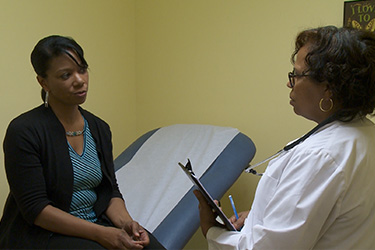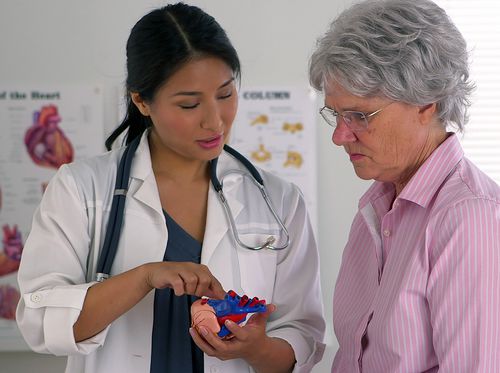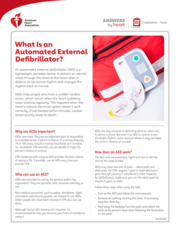Arrhythmias
Irregular Heartbeats
Show more
Antiarrhythmic Medications
Cardiac Arrest
Focus On: Atrial Flutter
Atrial Flutter
What is an Arrhythmia?
Text in
English
Arrhythmia
Premature Ventricular Contractions
Focus On: Bradycardia (Slow Heart Rate)
Sinus Bradycardia
Supraventricular Tachycardia: Types
Electrocardiography (ECG, EKG)
Atrial Fibrillation
Show more
What Is Atrial Fibrillation?
Understanding Atrial Fibrillation
About Atrial Fibrillation
Treating Atrial Fibrillation
Atrial Fibrillation: Hospital Discharge
Living with Atrial Fibrillation
Your Health Checklist: Atrial Fibrillation Medications
When to Call the Doctor: Atrial Fibrillation
What is Ablation?
What is Electrical Cardioversion?
The AFib Five: 5 Steps to Your Healthiest Life with AFib
Learn About Afib & Your Heart
Identify Your Risks
Understand Your Treatment Options
Work with Your Healthcare Team
Create Healthy Habits for Life
The AFib Five: John Criswell's Story
The AFib Five: Marci Wilson's Story
What Are Electrophysiology Studies?
Text in
English


